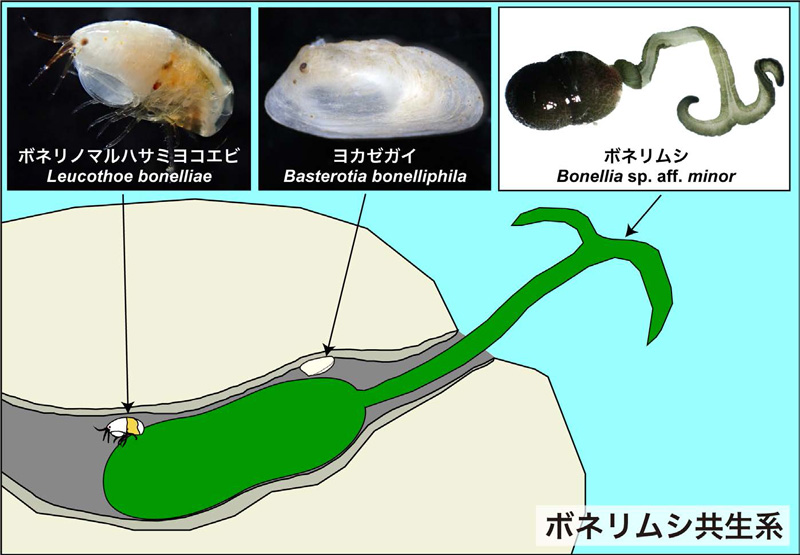2023-10-13 シンガポール国立大学(NUS)
◆プロレッグは通常の脚とは異なる新たな特性であり、プロレッグが発生するための遺伝子プログラムが、甲殻類の脚の内側にある原始的な葉の部位に由来しているという仮説を立てました。この研究結果は、Science Advances誌に掲載されました。
<関連情報>
- https://news.nus.edu.sg/how-do-caterpillars-acquire-chubby-legs/
- https://www.science.org/doi/10.1126/sciadv.add9389
鱗翅目のプロレッグは新規形質であり、脚のホモログではない Lepidopteran prolegs are novel traits, not leg homologs
Yuji Matsuoka,Suriya Narayanan Murugesan,Anupama Prakash,and Antónia Monteiro
Science Advances Published:12 Oct 2023
DOI:https://doi.org/10.1126/sciadv.add9389

Abstract
Lepidopteran larvae have both thoracic legs and abdominal prolegs, yet it is unclear whether these are serial homologs. A RNA-seq analysis with various appendages of Bicyclus anynana butterfly larvae indicated that the proleg transcriptome resembles the head-horn transcriptome, a novel trait in the lepidoptera, but not a thoracic leg. Under a partial segment abdominal-A (abd-A) knockout, both thoracic leg homologs (pleuropodia) and prolegs developed in the same segment, arguing that both traits are not serial homologs. Further, three of the four coxal marker genes, Sp5, Sp6-9, and araucan, were absent from prolegs, but two endite marker genes, gooseberry and Distal-less, were expressed in prolegs, suggesting that prolegs may be using a modular endite gene-regulatory network (GRN) for their development. We propose that larval prolegs are novel traits derived from the activation of a pre-existing modular endite GRN in the abdomen using abd-A, the same Hox gene that still represses legs in more lateral positions.


